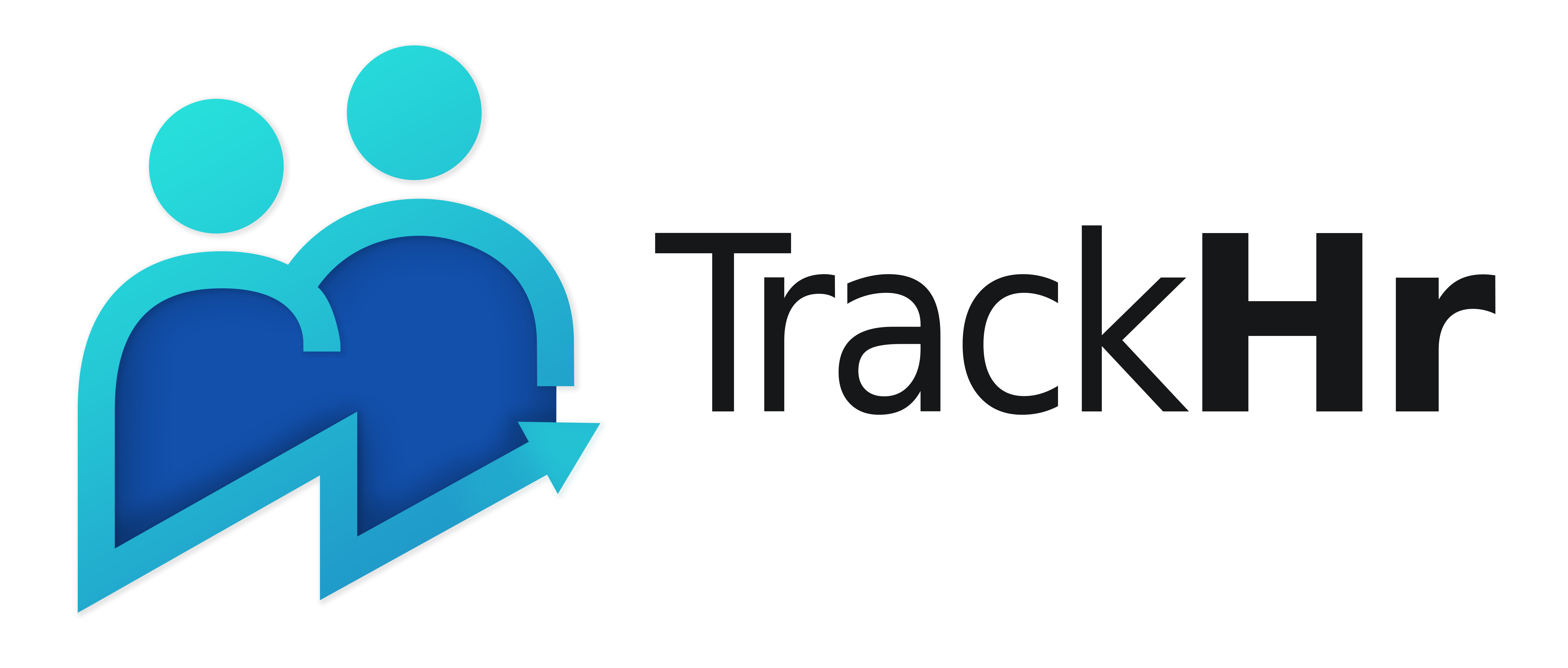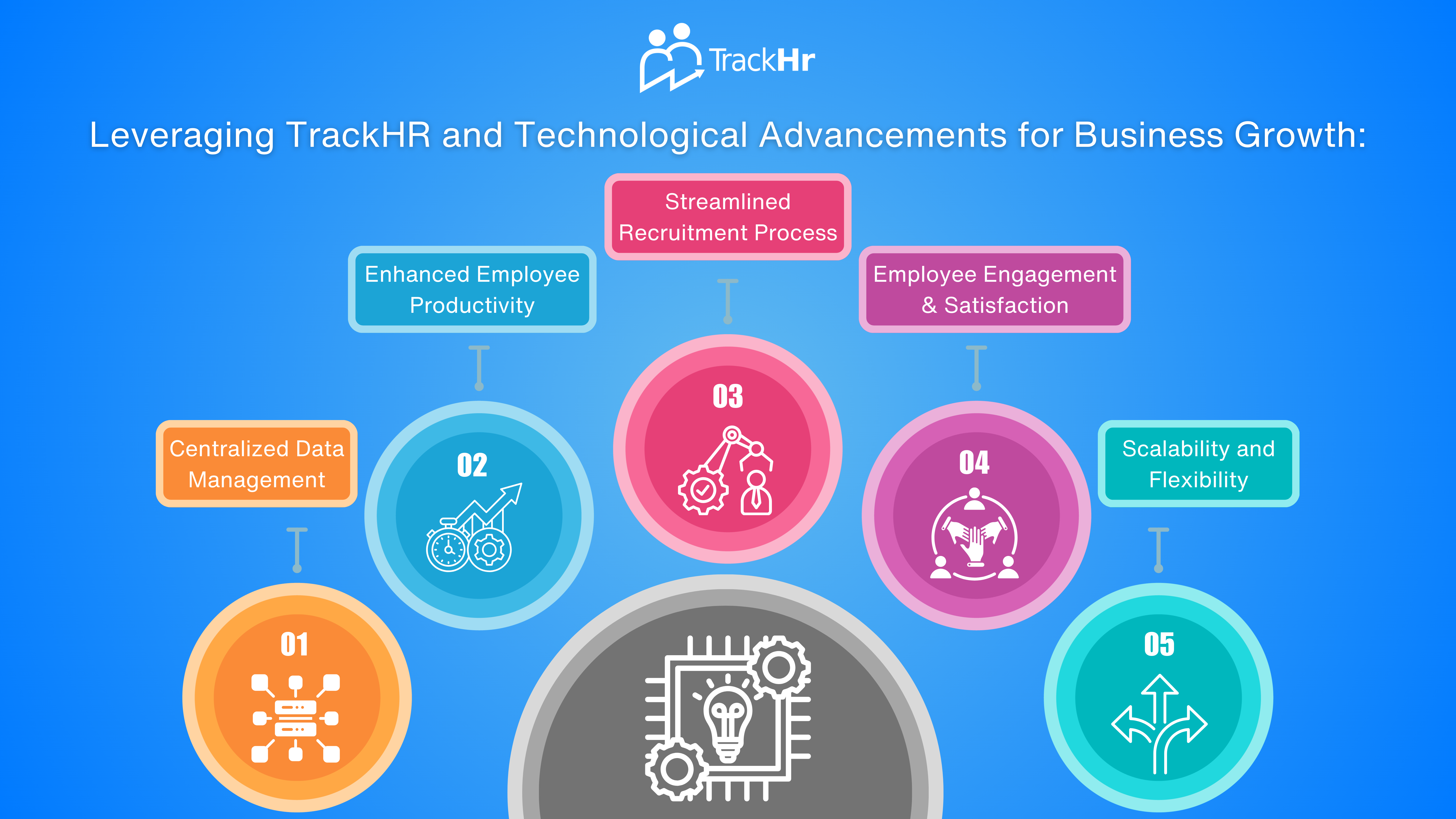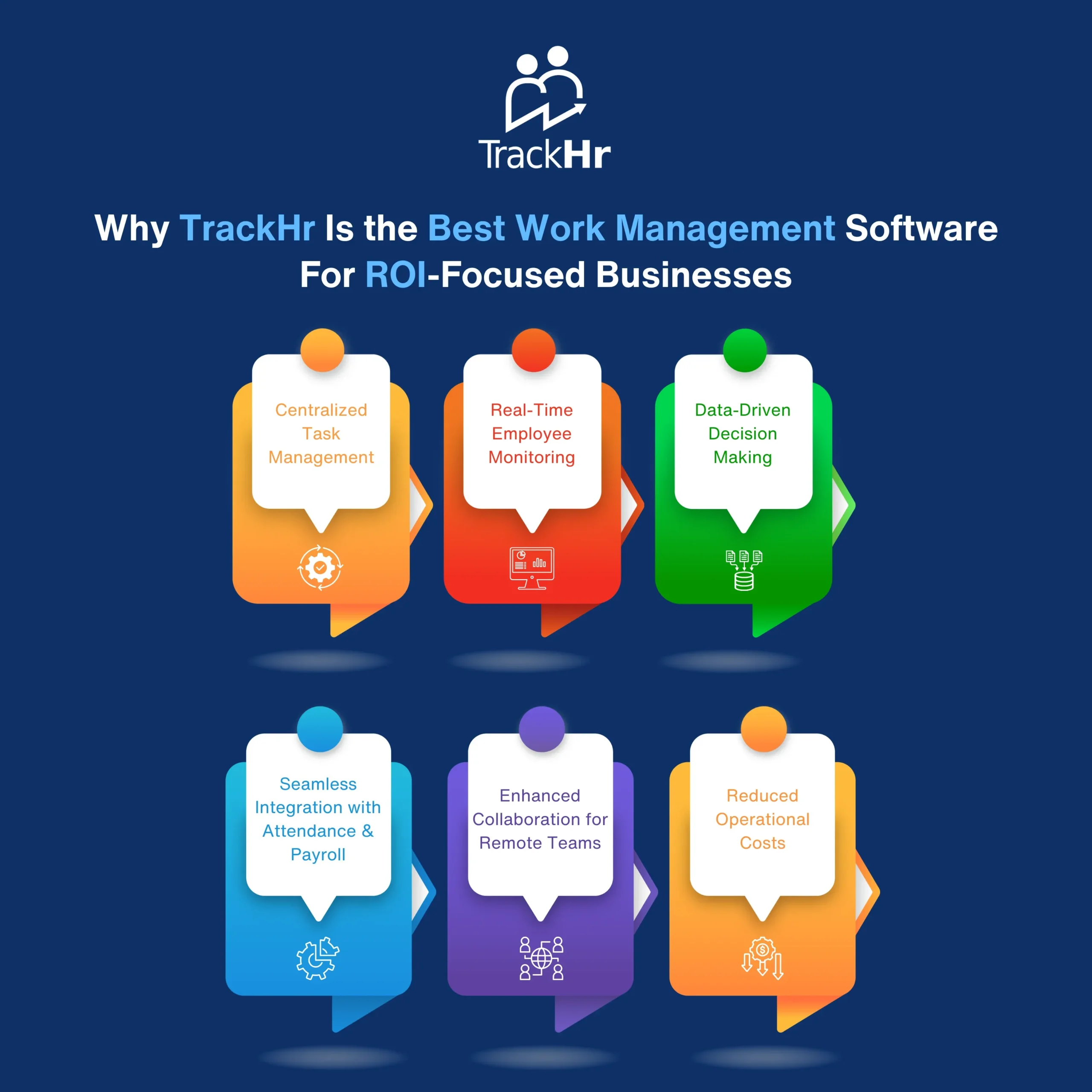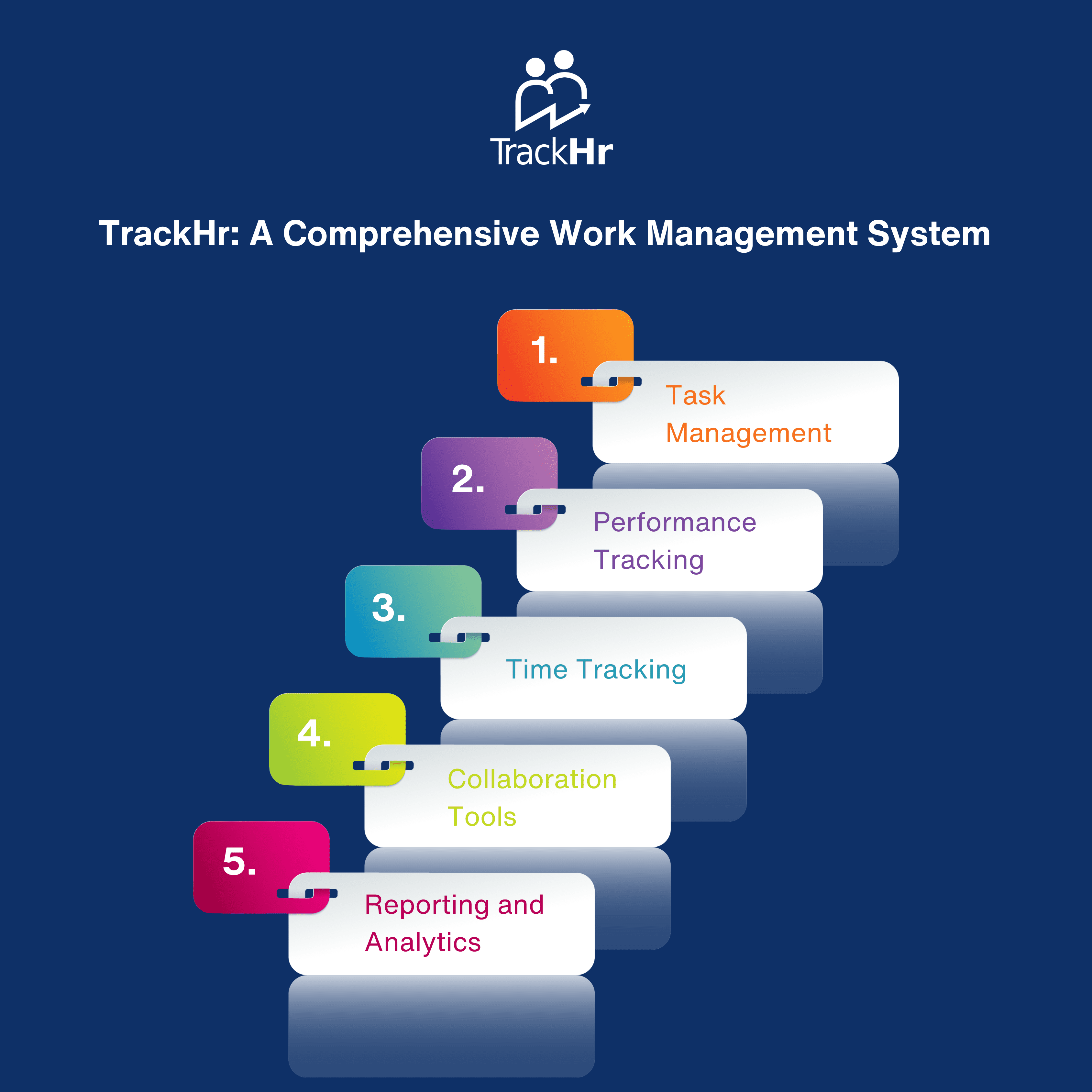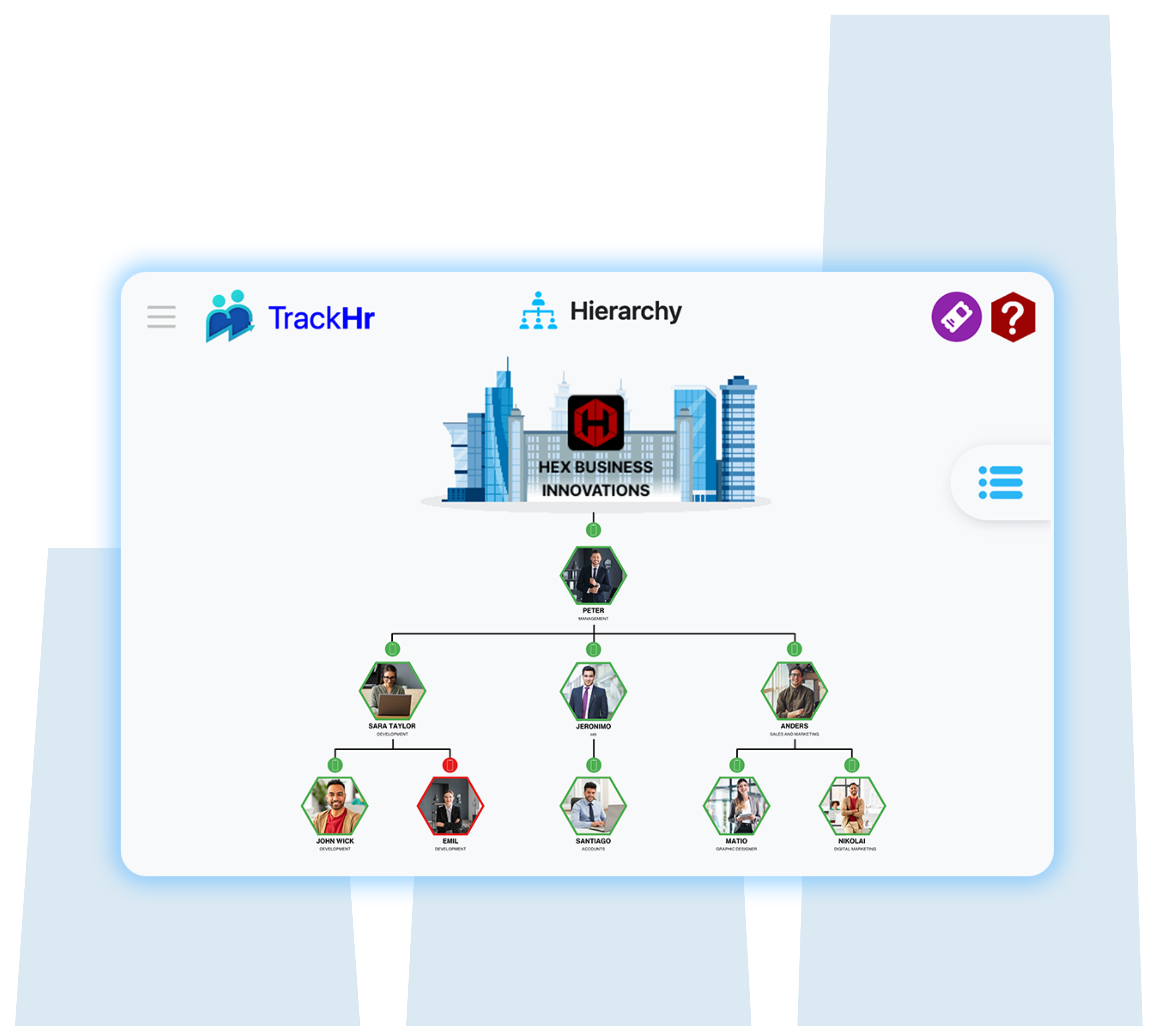Blog
Performance Management Tools vs. Traditional Review Methods: What’s Better for Today’s Workforce?
- July 31, 2025
- 10:14 am
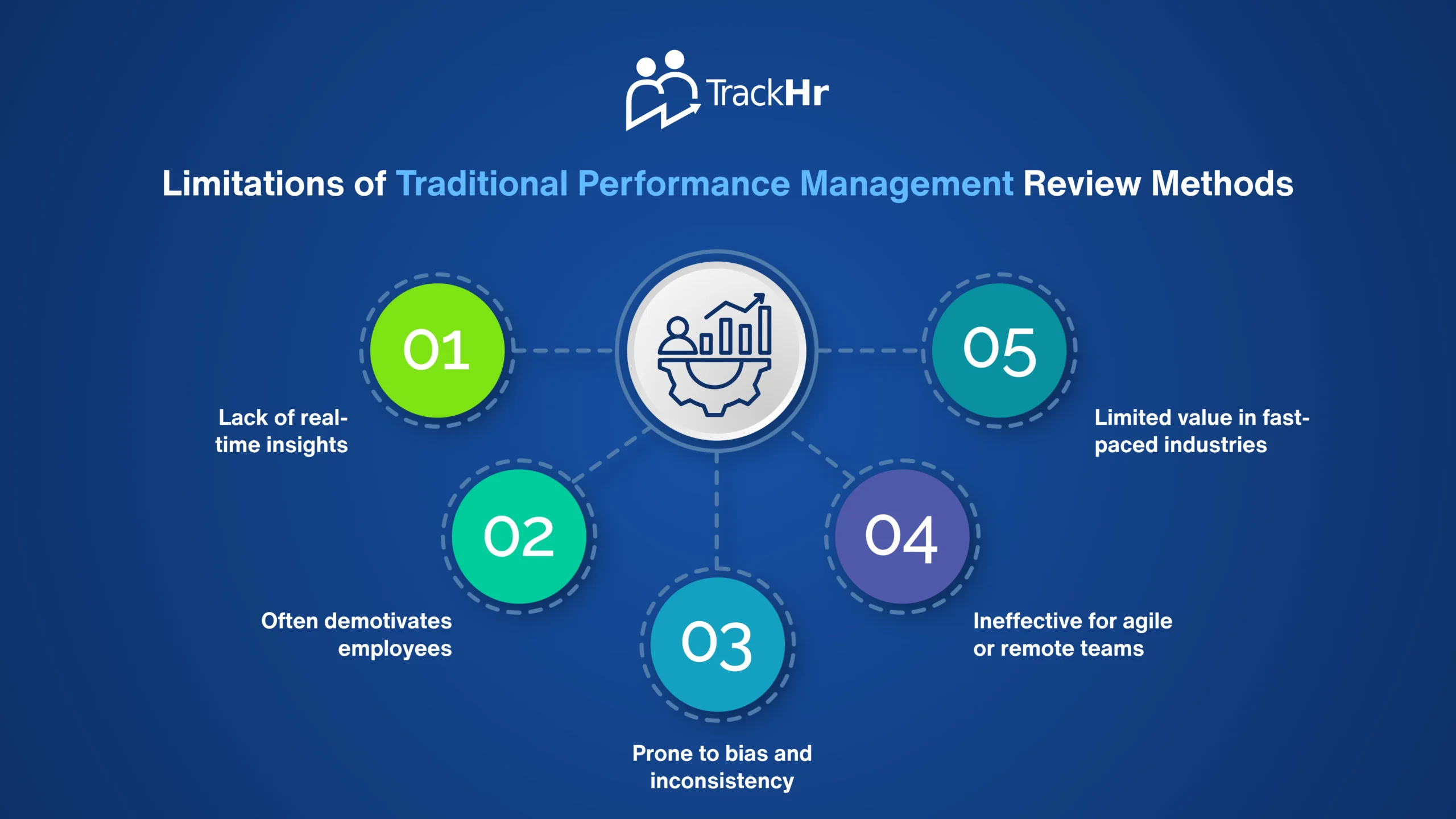
Evaluation of the performance of employees generates a change according to the changing nature of business. Although annual reviews used to be the standard, contemporary means of performance management are reshaping the manner in which firms track, assess, and enhance the effectiveness of their workforces. This article examines the main differences between performance management tools and traditional review procedures that can be considered, and which system works well under modern, changing business scenarios.
Understanding Traditional Performance Reviews
The expectation of most traditional performance reviews would be:
- Periodic reviews are done each year or twice a year
- Feedback by managers
- Performance ratings or scorecard
- Small contributions of employees
Once a normative practice, the technique has been questioned as obsolete, too adorned, and rather out of touch with real-time performance.
What Are Performance Management Tools?
Once a normative practice, the technique has been questioned as obsolete, too adorned, and rather out of touch with real-time performance.
- Goal metrics (OKRs, KPIs)
- Feedback loops that are perpetual
- Real-time reporting and analytics
- Self-evaluation by the employees
- Combined with the attendance, leave, and payroll applications
Developments such as TrackHr Performance Management are very good forms of performance tracking tools that facilitate the process of performance tracking and make the process more manageable and automated.
Key Differences Between Performance Management Tools and Traditional Reviews
1. Feeding Frequency
- Traditional: Reviews that will occur each year or every six months
- Resources: Real-time, on-going feedback.
2. Data Accuracy
- Traditional:This uses managerial memory and subjective ratings
- Tools: Real-time performance data-driven insights
3. Improve SEO and Organic Visibility
- Traditional: Tends not to be dynamic in accordance with business objectives
- Instruments: Aligns personal objective goals to company and team OKRs
4. Employee Engagement
- Conventional: Unidirectional feedback; minimal involvement of the employees
- Tools: A two-way feedback, self-reviews, and frequent check-ins
5. Scalability and Automation
- Traditional: Manual and time-consuming
- The tools: Automated tracking and reporting; simple to scale
Benefits of Using Performance Management Tools
- Improves openness and equity
- Increases the morale and productivity of the employees
- Assists in early detection and treatment
- Minimizes discrimination by using evidence-based evaluation
- Ensures business strategy alignment of performance
Limitations of Traditional Review Methods
- Inability to have real-time insights
- It tends to discourage the employees
- Exposed to prejudice and inconsistency
- Does not work well with agile or remote teams
- No value in high-speed industries
Conclusion
Although the traditional reviews have been useful, the needs of a modern workforce that is fast-paced and tech-savvy are not satisfied by traditional reviews. Performance management tools give a smarter and nimble method to monitor objectives and give input, and cultivate ability. Instead of being an alternative, moving to a modern performance system is a necessity for every business aimed at growth, flexibility, and employee engagement.
Table of Contents
Exhausted from managing performance management manually?
